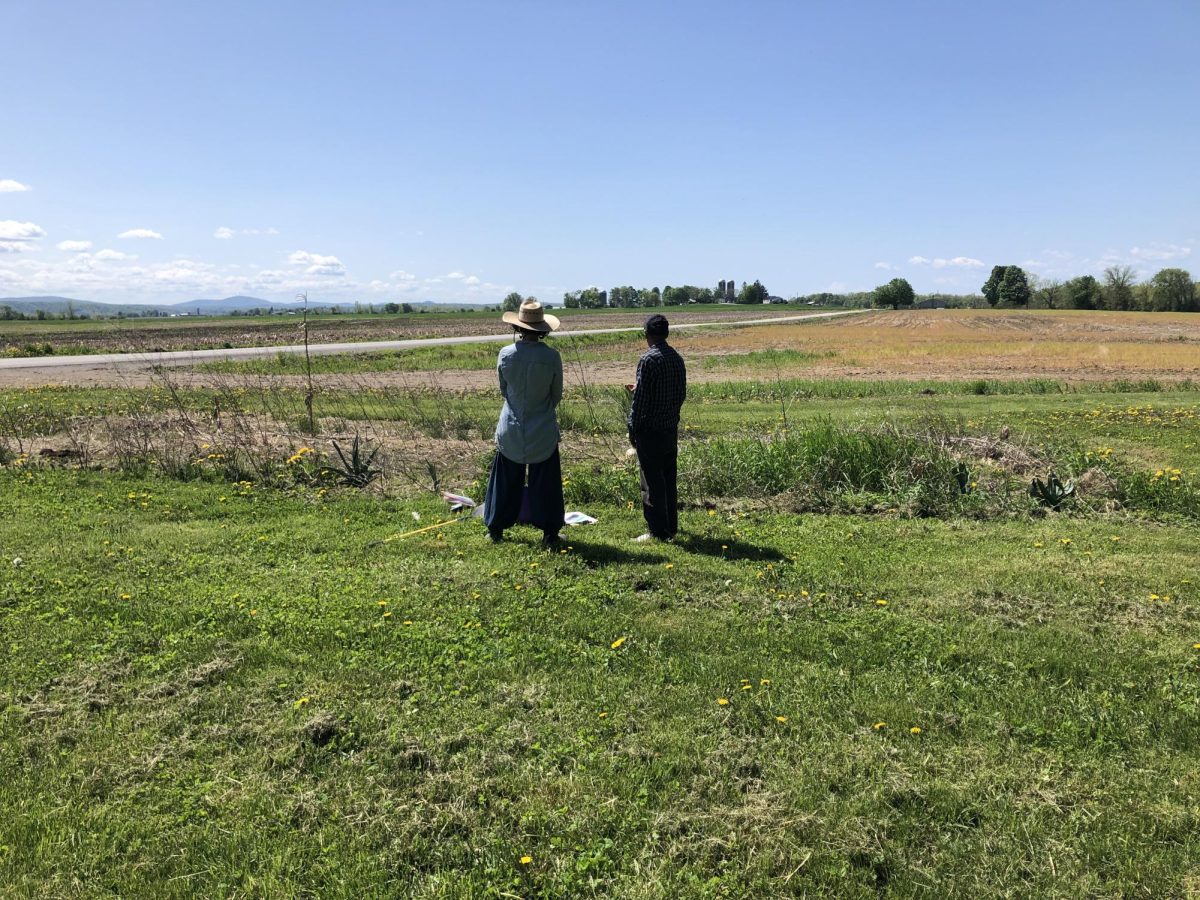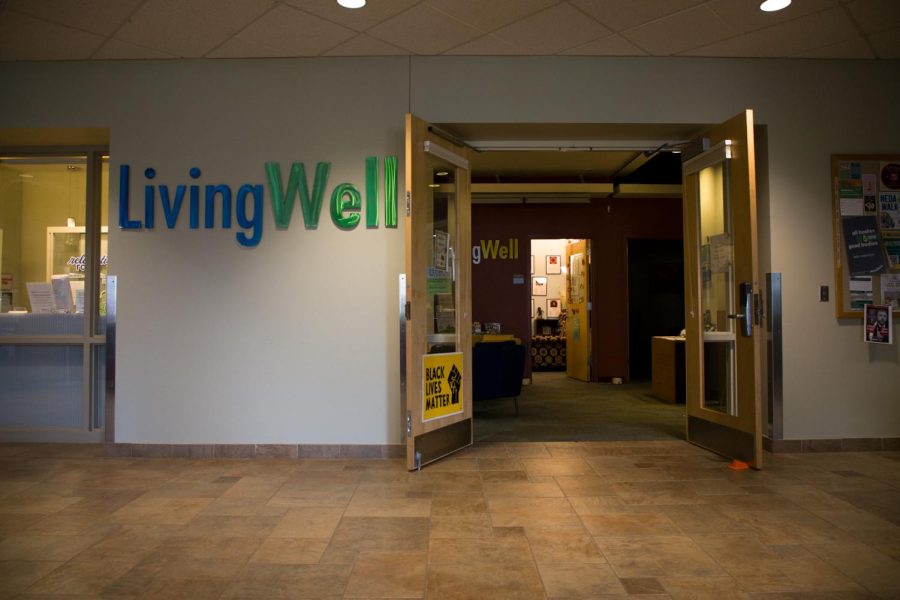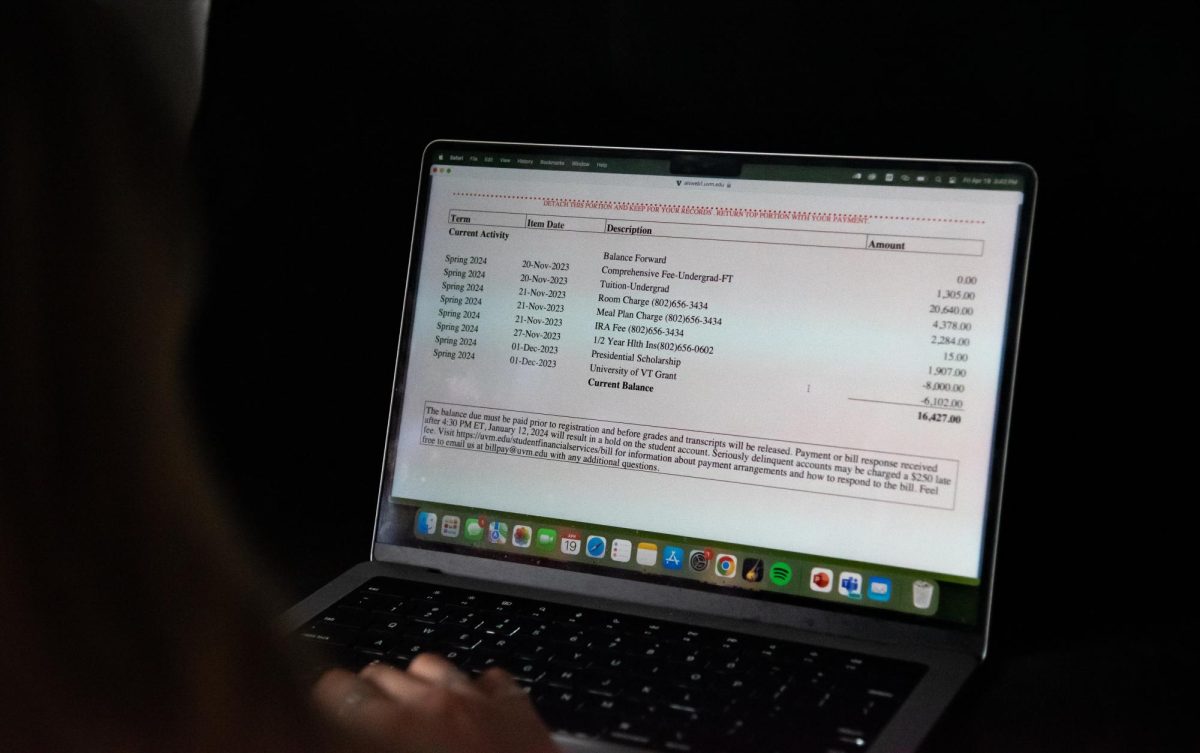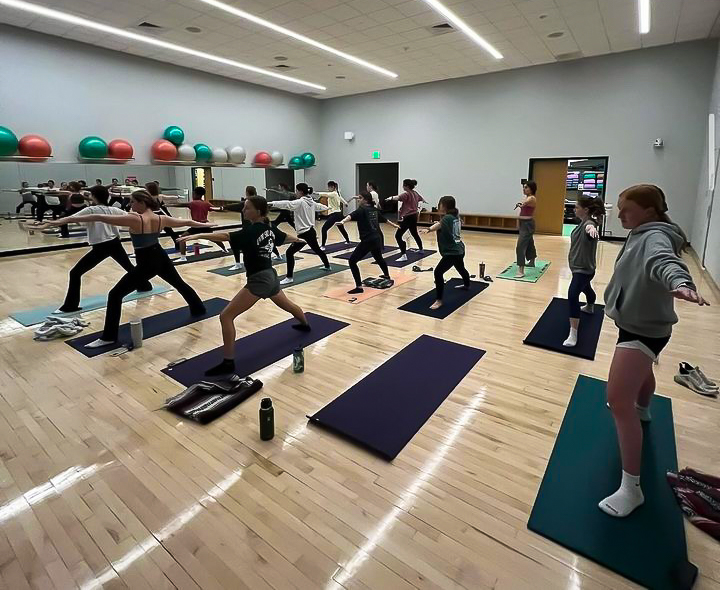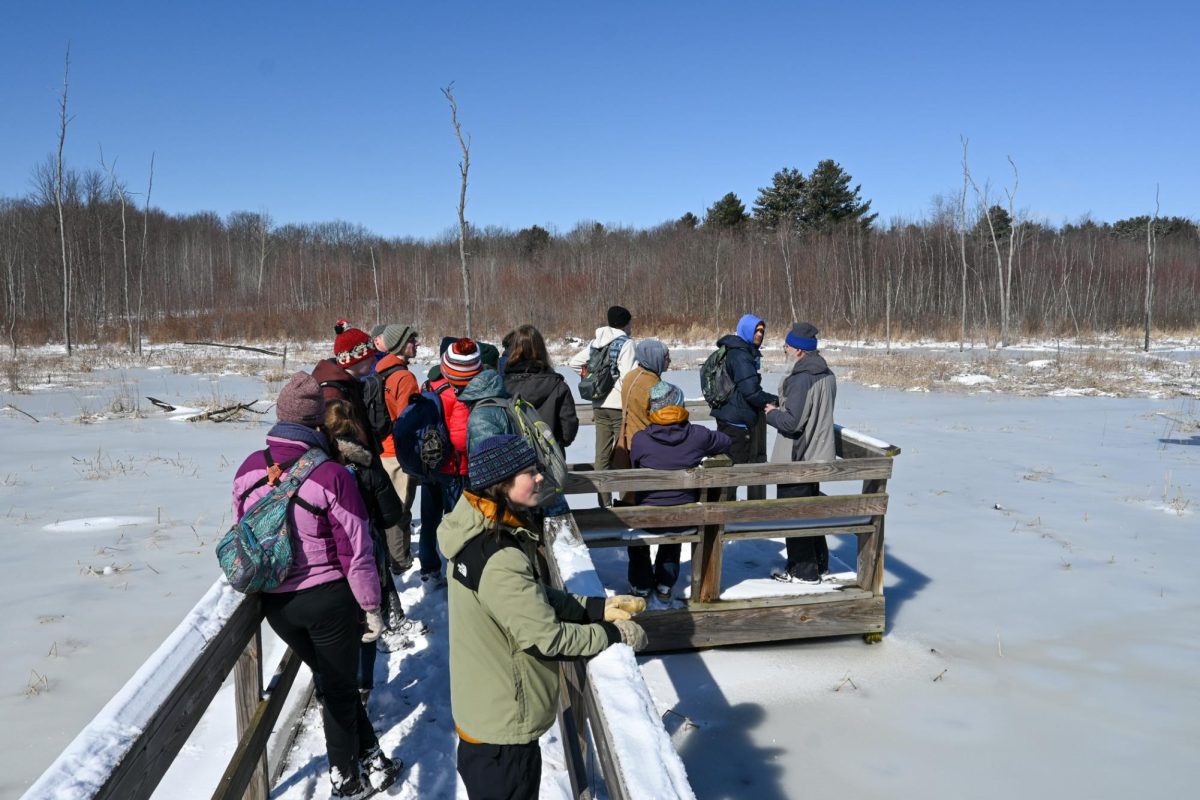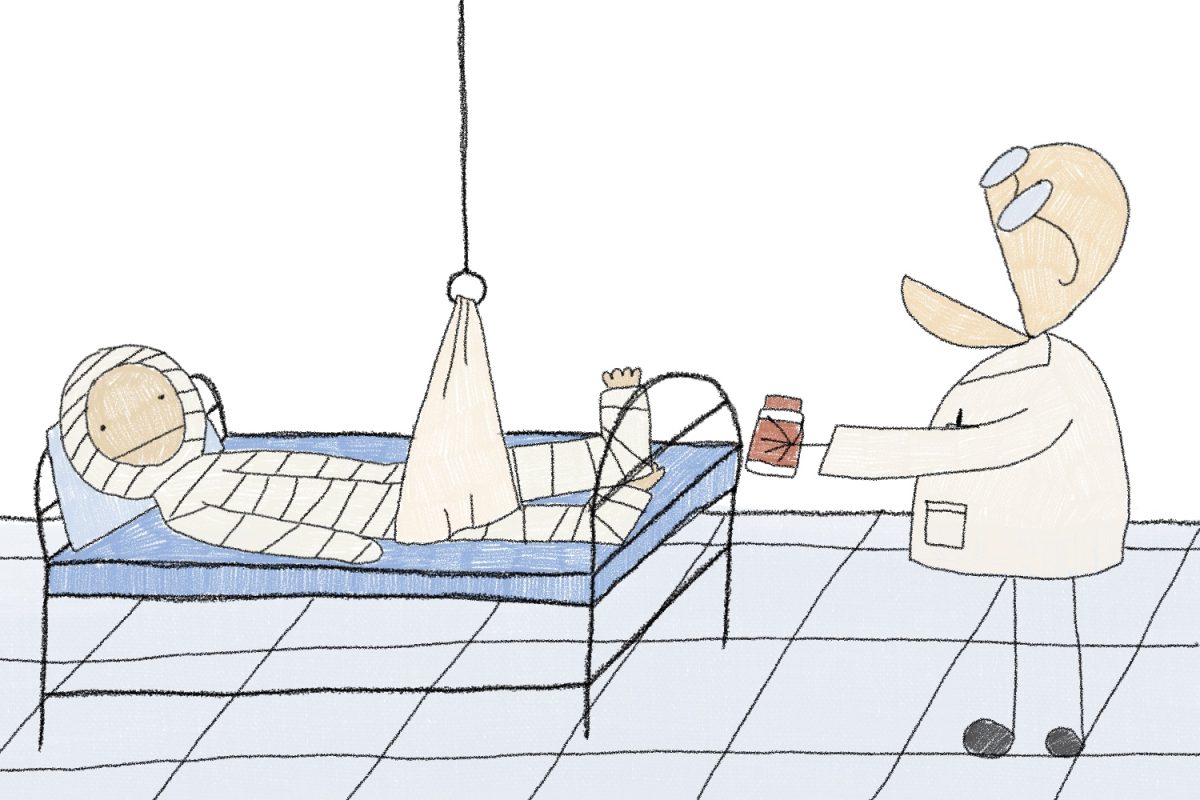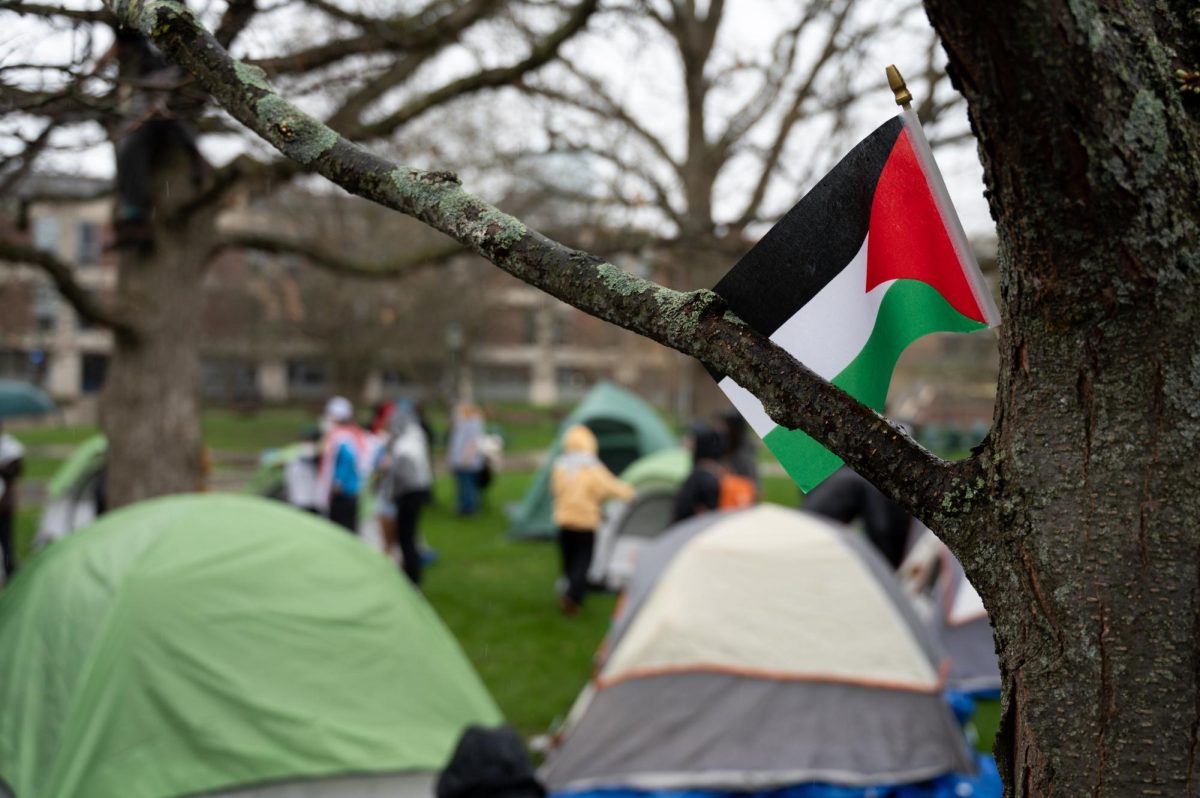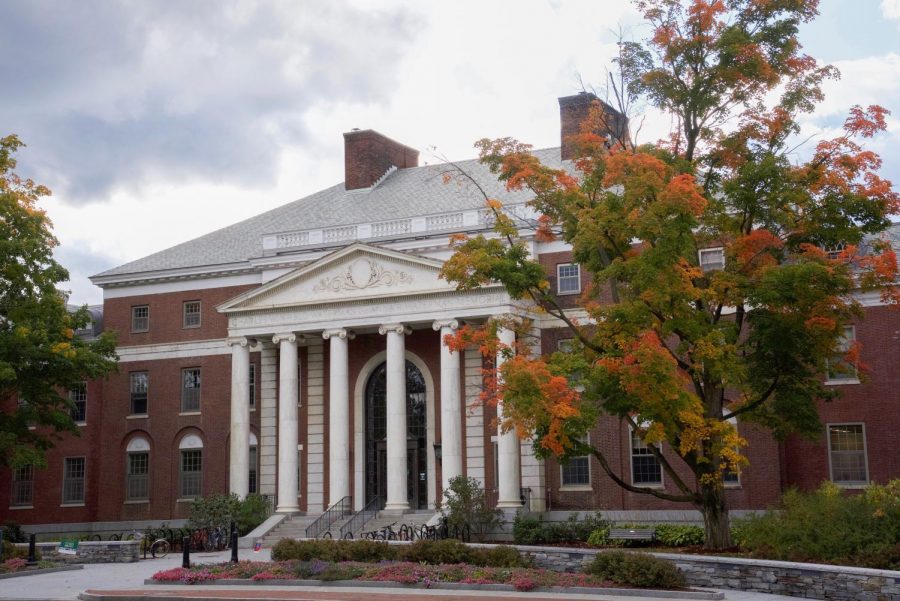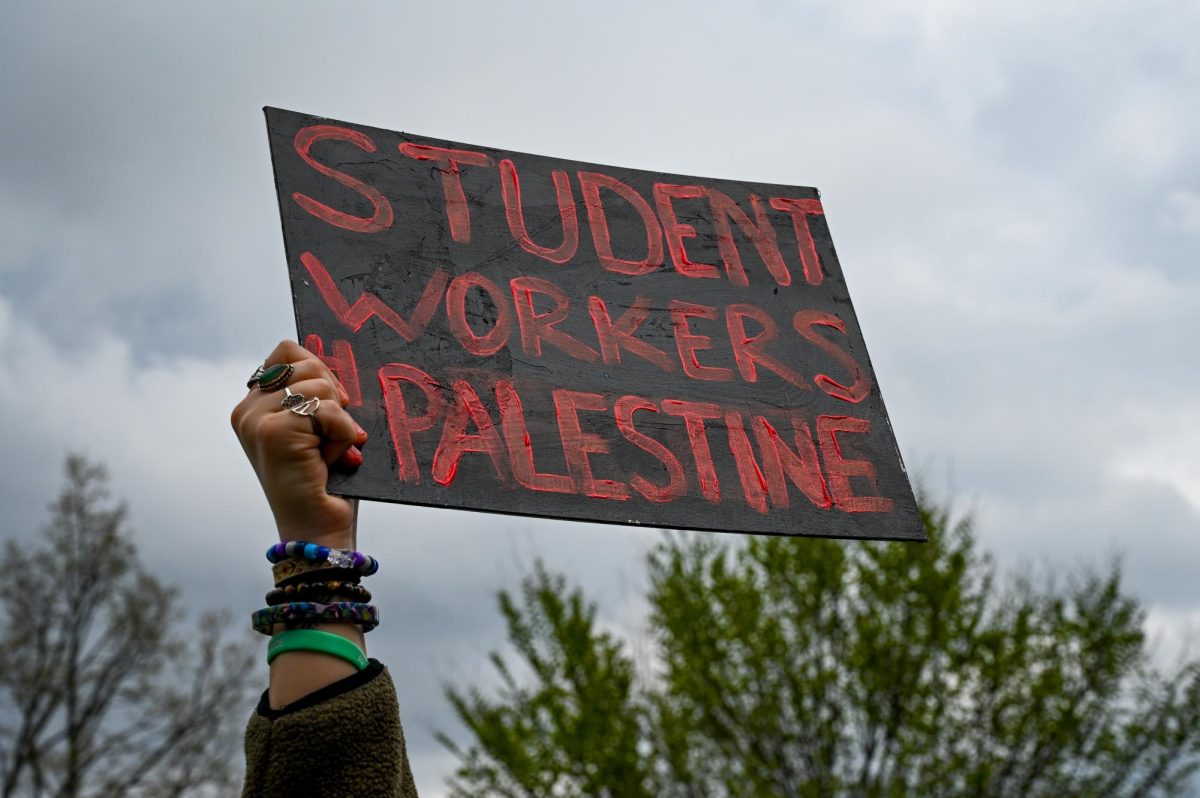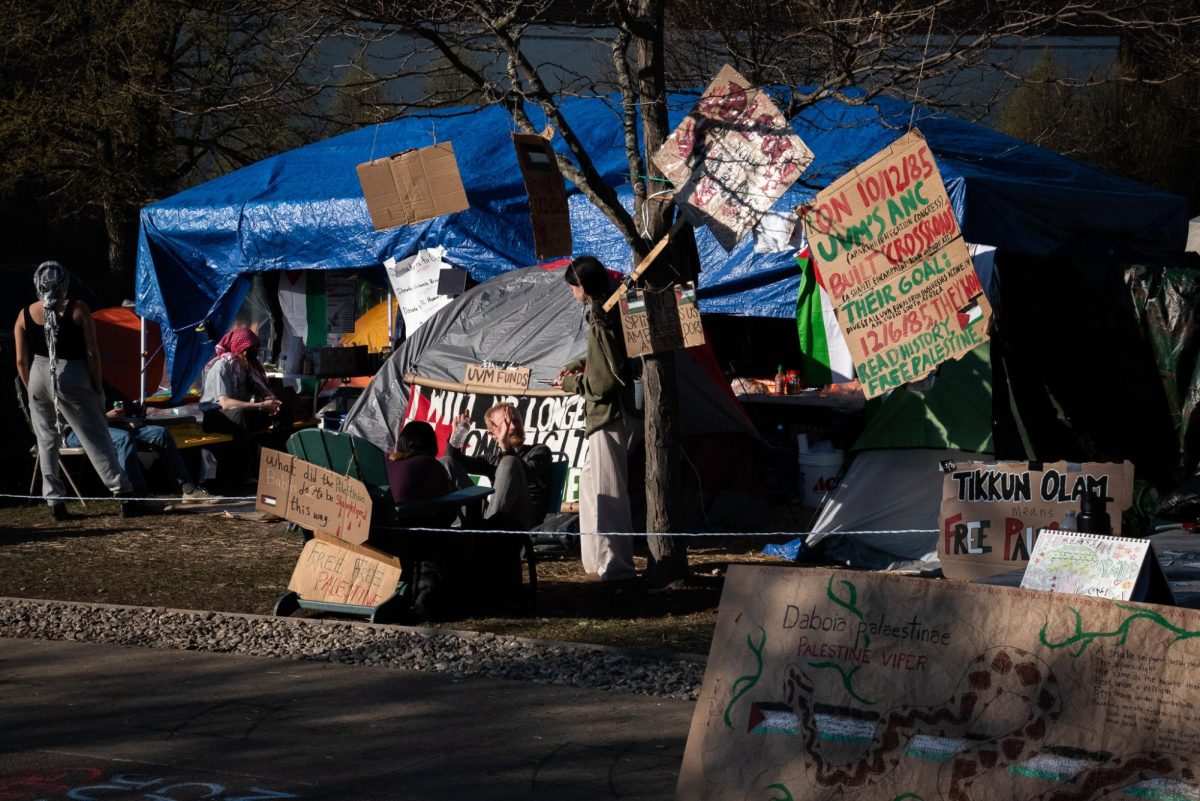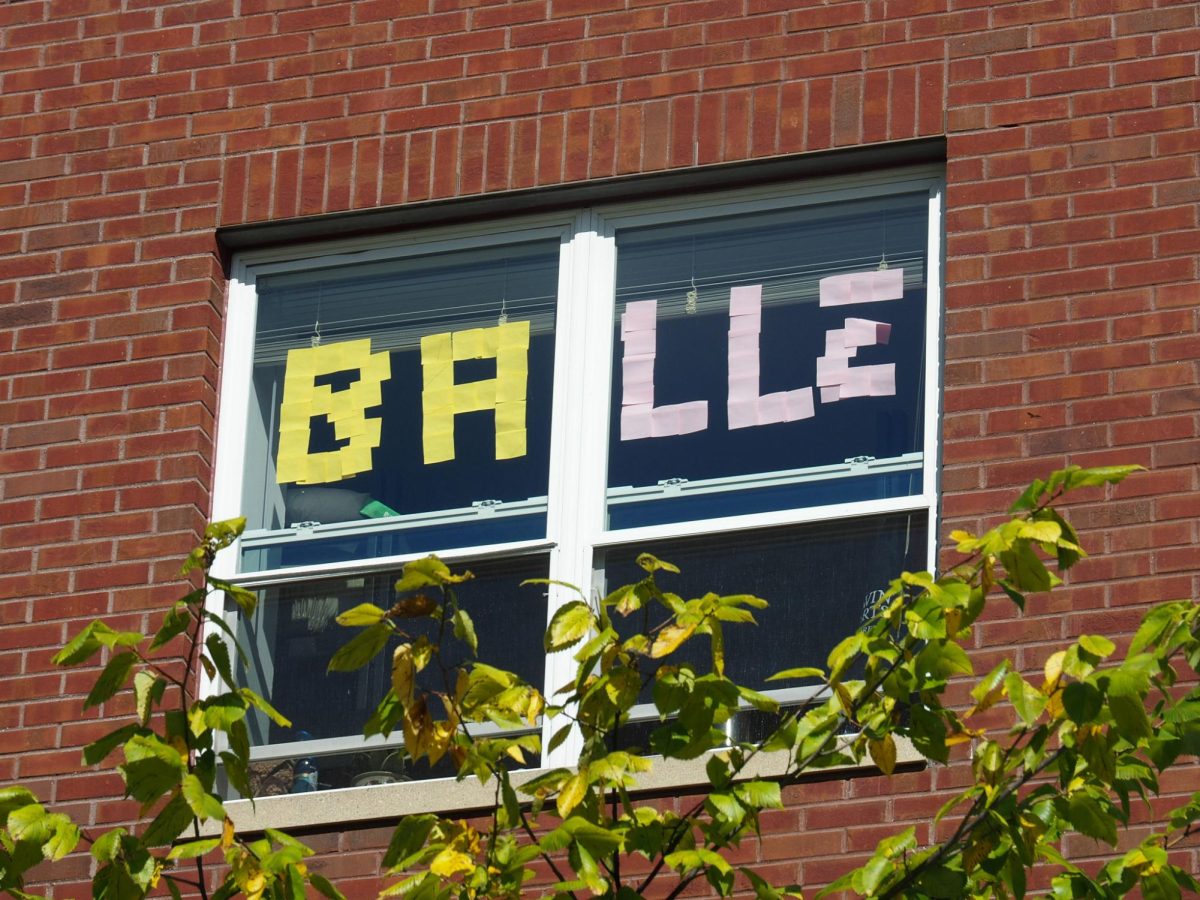Latinx migrant farmers working in Vermont’s dairies face difficulty accessing local and culturally familiar food.
The Huertas Project is run through UVM and works with migrant farmers on rural dairy farms to facilitate the creation of kitchen gardens and increase food sovereignty, according to their website.
“[Migrants] are facing a lot of barriers: transportation, work schedule, fear of leaving the farm,” said head of Migrant Health Programs and co-director of the Huertas Project Naomi Wolcott-MacCausland.
Through the creation of kitchen gardens, the Huertas Project aims to develop a sense of food sovereignty and break down these roadblocks to food security, said Wolcott-MacCausland.
The program began in 2009 and initially worked with only eight families. The program now works with 25-30 families each year, mostly from Mexico or Guatemala, and all living on rural dairy farms, said Wolcott-MacCausland.
However, the program and the families struggled because the food that the greenhouses provided wasn’t the food the households wanted or were used to cooking with, said Wolcott-MacCausland.
“What greenhouses had to offer didn’t necessarily align with what people wanted to eat,” Wolcott-MacCausland said. “For example, eggplant. That was a big one, that there were a lot of eggplants and not a lot of people even knew what an eggplant was.”
This led to the program adjusting its process and collecting a list of plants households most wanted, said Wolcott-MacCausland.
“Different households had different space requirements,” Wolcott-MacCausland said. “Even though most of the people we’re working with are from Mexico or Guatemala, there’s still a lot of differences in terms of the types of chilies they want or the types of herbs that they were even familiar with.”
At the beginning of each year, the Huertas Project surveys the families they’re working with on what types of plants they most want to use, said junior Amelia Glickman, who interned for the program this past spring.
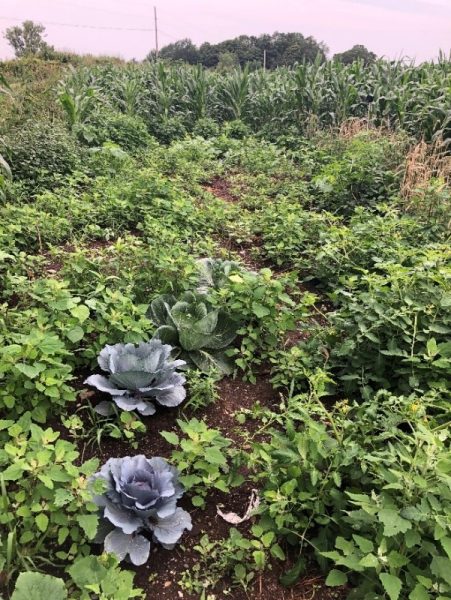
“We visit all the different participants and just talk to them about what they want to grow and plant for the season,” said Glickman. “We would fill out a comprehensive spreadsheet about all the seeds and starts that we needed.”
The project spends the winter ordering and collecting the plants. In May, they distribute all the plants and tools needed for the families to begin cultivating their gardens, said Glickman.
Additionally, the project hosts cooking classes for the participants to teach them how to use produce they may be unfamiliar with, said Glickman.
“We got to visit different participants and cook in their homes,” said Glickman. “They would oftentimes invite us to stay, and we were able to talk to people for hours sometimes and just hang out and work with their kids.”
The value of the cooking classes was in the connections it formed within the community, said Glickman.
“It was really wonderful to be able to engage with a part of the community in Vermont that I didn’t even know existed,” said Glickman. “ There were so many wonderful people who gave us really sweet advice and were super appreciative of the work we were doing.”
The aspect of being able to cook culturally familiar dishes is especially important, Glickman said.
“One of the memorable things is just talking to participants [about the food they want] ’” said Glickman “You can’t buy it at Hannaford’s, you can’t get it at a lot of stores, and so I think that aspect of [Huertas] definitely in terms of food sovereignty was a big thing.”
Junior Eliza Gebb, a spring and summer Huertas intern, agreed with the importance of Huertas for developing food sovereignty.
“I think it’s critical to support this project,” said Gebb. “To learn about food sovereignty and security and the similarities and differences between the two and ensure that marginalized communities in Vermont and elsewhere have access to fresh, healthy and culturally appropriate foods.”
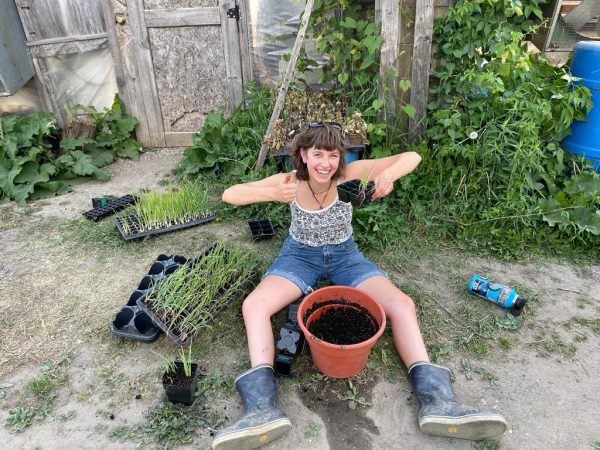
Junior Hannah Ellis, who also interned for the project this past spring and summer, also highlighted increased anxiety participants have about leaving the farm and accessing food because of Vermont’s geographical proximity to the border.
“The law is that border enforcement is allowed to stop you and ask for your documents if you’re within 100 miles of the border,” said Ellis. “I think a lot of the participants just never leave the farms because of that.”
Huertas eases this fear of leaving the farm by bringing culturally important foods to the backyards of the migrant workers and gives them agency over the food that they eat, even in a stressful living environment, said Wolcott-MacCausland.
However, the project operates almost entirely unfunded.
“We occasionally get small grants, maybe $1,000 to $5,000,” said Wolcott-MacCausland. “That helps us with the cost of seeds, containers, transportation for interns, stipends if someone’s working with us for the summer, but [we have] pretty minimal funds.”
Last spring, Ellis, Gebb and Glickman hosted a fundraising effort called “Quesadillas for Huertas” in order to help provide the program with funds for seeds, starts and tools, said Wolcott-MacCausland.
However, it is a desire of the program to get more funds, so it can not only stay afloat, but continue to grow, said Wolcott-MacCausland.
“Ideally, it would be great to get more funding and more outreach to more farms,” said Ellis. “Because there’s so many dairy farms in northern Vermont, this happens all over the place.”
The program also hopes to engage with more students and educate them on migrant justice, said Glickman.
“I grew up in Vermont and I had no real idea that basically every farm in Vermont was functioning because there’s migrant labor,” said Glickman. “I think it’s a gap in learning […] You can go your whole time here and never know that there’s this community of people.”
Students can become involved with the project and support migrant justice through engaging with it on social media and attending events that they put on, said Gebb.
Ellis believes in the importance of the Huertas Project for the impact it makes on the lives of those it serves, she said.
“Obviously, it’s going to take a while to dismantle the broken food system that exists in our current world,” said Ellis. “But there’s small positive changes you can make to make individual people have a better quality of life. I feel like that’s why it’s important, not necessarily fixing the problem, but improving individuals lives within the problem.”


